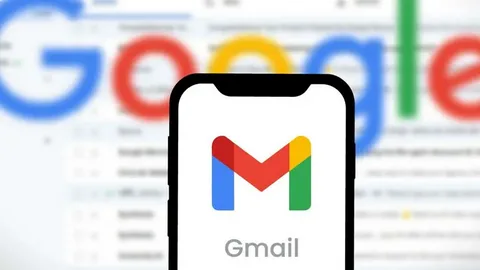When using Gmail, most people rely on Google’s security to keep their emails safe. However, from time to time, users may encounter something called a Google emergency warning in Gmail. This type of alert can appear when Google detects unusual activity, possible hacking attempts, or other security risks that may put your account at risk. While these warnings can be alarming, they are designed to protect users and give them immediate steps to secure their accounts. Understanding what a Google emergency warning Gmail means, why it appears, and what to do when you receive one is crucial for staying safe online.
What is a Google Emergency Warning Gmail
A Google emergency warning Gmail is essentially a critical alert that appears in your inbox or at the top of your Gmail page. It usually indicates that Google has noticed suspicious activity on your account. This could include an unknown device signing in, repeated failed password attempts, or a login from a location far from where you usually use your account.
The purpose of this alert is to inform you right away that your Gmail account may not be safe. By providing this warning, Google is encouraging users to take action quickly to prevent unauthorized access, data theft, or loss of control over the account.
Why You Might Receive This Warning
There are several reasons why Gmail may display a Google emergency warning. Some of the most common include:
-
A login attempt from a new or suspicious location
-
Multiple incorrect password attempts in a short time
-
An unusual download or activity pattern from your account
-
Use of outdated or insecure apps trying to access your Gmail
-
Phishing attempts that involve fake login pages
Google has advanced systems in place that constantly monitor account activity. When these systems detect behavior that does not match your normal use, they trigger an emergency warning to alert you before the situation becomes more serious.
Real Warnings vs Fake Warnings
One of the challenges users face is distinguishing between a real Google emergency warning Gmail and a fake one created by scammers. Hackers often send phishing emails that look very similar to real alerts from Google. These fake warnings usually try to scare you into clicking a link that leads to a fraudulent website where your login details can be stolen.
Real Google alerts usually come from addresses such as no-reply@accounts.google.com. They do not ask you to share personal information directly in the email. Instead, they encourage you to review your account activity and change your password. Fake alerts, on the other hand, may contain poor grammar, unfamiliar email addresses, or links that do not lead to official Google domains.
What to Do When You See a Google Emergency Warning Gmail
If you receive a real Google emergency warning, it is important to act quickly. The first step is to log in directly to your account by typing accounts.google.com in your browser. Once logged in, you should check your recent account activity to see if there are any unfamiliar devices or logins. If you notice something suspicious, immediately change your password.
It is also strongly recommended to enable two-factor authentication. This adds an extra layer of security, requiring not only your password but also a code sent to your phone when logging in from new devices. With two-factor authentication, even if someone manages to steal your password, they cannot easily access your Gmail without the secondary code.
If the warning turns out to be a phishing attempt, mark the message as spam or phishing within Gmail. This helps Google improve its filters and also protects other users from similar attacks.
How to Prevent Future Warnings
While no system is 100 percent secure, there are steps you can take to reduce the chances of receiving frequent Google emergency warnings in Gmail. These include:
-
Using a strong and unique password for your Gmail account
-
Enabling two-factor authentication
-
Avoiding public Wi-Fi for logging in to important accounts
-
Keeping your devices updated with the latest security patches
-
Never clicking suspicious links or downloading unknown attachments
-
Regularly reviewing your Google account security settings
By practicing good online habits, you not only reduce the risk of unauthorized access but also ensure that any real warnings you receive are taken seriously.
The Importance of Staying Alert
In today’s digital world, email is often the gateway to many other accounts and services. Your Gmail account may be linked to banking apps, social media, cloud storage, and professional accounts. This makes it a valuable target for cybercriminals. The Google emergency warning Gmail system plays a vital role in protecting users by catching unusual activity early and giving them a chance to respond before more damage can occur.
The key takeaway is not to ignore these alerts. Whether the warning is real or a phishing attempt, it requires attention. A real alert demands immediate action to secure your account, while a fake one should be reported so that it does not trick other users.
Conclusion
The Google emergency warning Gmail feature is designed to safeguard users from suspicious activity and potential threats. While it may be unsettling to see such a message, it is ultimately a protective measure to help you keep control of your account. By understanding what these warnings mean, how to identify genuine alerts, and the proper steps to take when one appears, you can stay one step ahead of cyber threats.
As email continues to play an essential role in daily life, security becomes more important than ever. A Google emergency warning Gmail should always be seen as a sign to review your account, strengthen your defenses, and remain vigilant. Protecting your digital identity is not just about avoiding inconvenience; it is about safeguarding your personal information, finances, and peace of mind.













Comments are closed